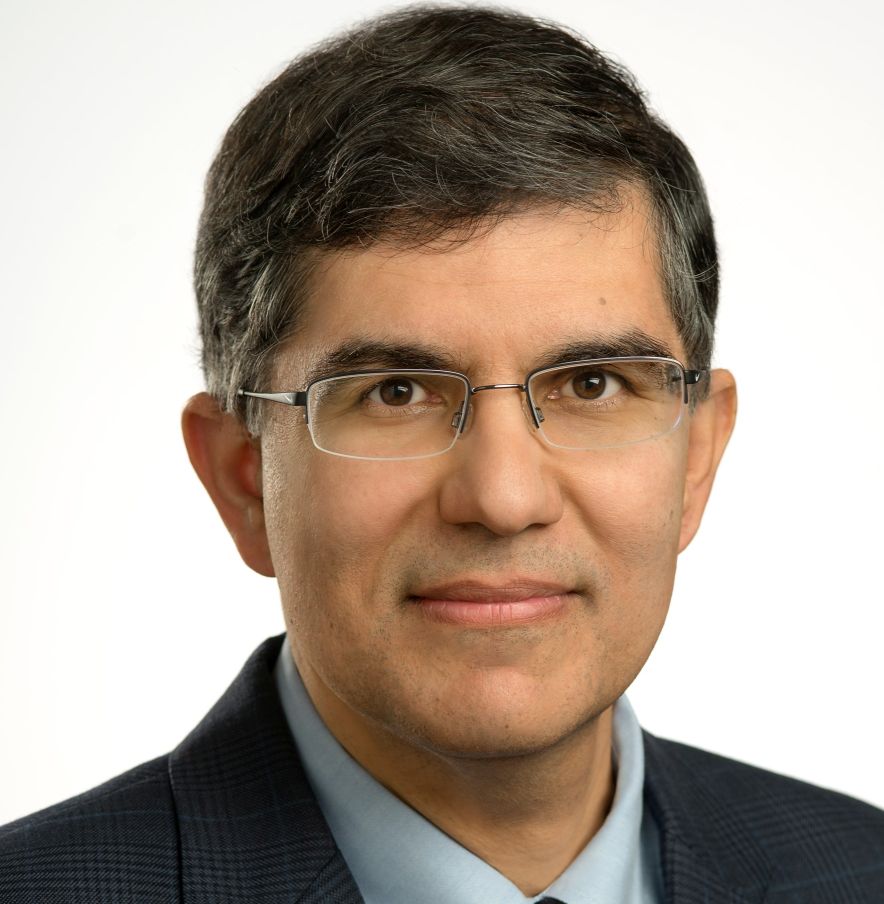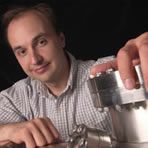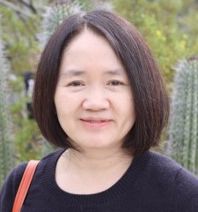SID's Sunday Short Courses offer a thorough introduction to topic fundamentals for students, scientists, and engineers looking to expand their technical breadth into a new area.
The four-hour Short Courses differ from SID's 20-minute Symposium talks and 90-minute Seminars, which generally focus on the latest developments in specific technical areas,
adding technical depth. By having these introductory courses at the start of Display Week, attendees can learn the fundamentals first, before absorbing advanced presentations on focused topics in the Seminars and Symposium.
S-1
Room 130
9:00 am -1:00 pm
|

Prof. Jun Souk
Hanyang University,
Seoul, Korea
|
S-1: Fundamentals and Practical Aspects of Flexible OLED Displays
|
|
This course offers comprehensive coverage of flexible OLED displays. It focuses on the fabrication and latest developments of the materials and structure of flexible OLED displays. The status of further development for different shapes of flexible displays, such as foldable/active flexible/wearable devices and their requirements, applications, and material issues will be described. In addition, technical challenges for the plastic cover, touch screen, and adhesives for flexibility will also be addressed.
|
S-2
Room 132
9:00 am -1:00 pm
|

Nikhil Balram
CEO, Ricoh Innovations, Inc. , USA
|
S-2: Fundamentals of Light-Field Imaging and Display Systems
|
|
Light fields provide a natural way of representing information that is captured and processed by the human visual system. Recently, it has become possible to capture light fields using compact imaging systems and use the information for useful purposes. Displaying information using light fields has also become possible, enabling true 3D displays that provide a natural and comfortable experience. However, there are significant design choices that need to be made for different types of applications. In both cases – light-field imaging and light-field displays – the overall system has to be designed considering a complex set of tradeoffs, some of which are still not fully understood. This short course will provide an introduction to light fields, followed by an in-depth discussion of state-of-the-art light-field imaging and display systems and some promising early applications and the key tradeoffs that have to be considered..
|
S-3
Room130
3:00-
7:00 pm
|

Prof. Vladimir Bulović
MIT School of Engineering,
Cambridge, MA, USA
|
S-3: Fundamentals of Printed Active Surfaces
|
|
This course will present the science and technology behind a series of recent commercial advancements enabled by nanostructured materials. For example, high luminescence efficiency and tunable saturated color of colloidal quantum dots (QDs) led to their commercialization in energy-efficient lighting and in millions of high-color-quality displays and will next enable the launch of a new QD-LED technology. Building to such technology examples, the course will begin with an exposition of a series of advantageous general phenomena encountered in nano-scale materials and structures and then use these to construct nano-scale devices. Scaling to practical paper-thin technologies will lead us to highlight the new manufacturing techniques and allow us to allude to a series of opportunities just beyond the present horizon.
|
S-4
Room 132
3:00-
7:00 pm
|

Prof. Hong Hua
College of Optical Sciences,
University of Arizona, Tucson, AZ, USA
|
S-4: Fundamentals of Head-Mounted Displays for Augmented and Virtual Reality
|
In this short course, the key fundamentals of head-mounted displays for augmented- and virtual-reality applications, from the human visual system to display-performance metrics and from optical design considerations to human factors, will be covered. Besides the fundamentals, a review of the historical development of AR and VR displays, the various optical technologies used for the development of lightweight AR displays, and recent technological advancements will be given. The potential impact of such technologies will also be discussed.
|